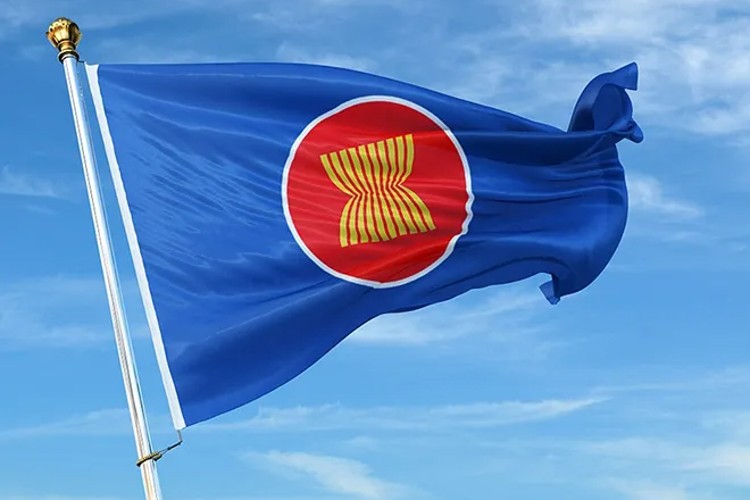India-ASEAN FTA: India is looking to revisit the trade agreement it signed with the Association of Southeast Asian Nations (ASEAN) nearly 15 years ago. Discussions on tariff duty concessions are on the agenda as New Delhi seeks to rectify a lopsided pact. Currently, India offers a single tariff schedule for all 10 ASEAN nations, but it now wants the flexibility to offer concessions to each ASEAN country on a bilateral basis. The third round of the review meeting is scheduled to take place in Jakarta, Indonesia, from July 29 to 31, with the review expected to be completed by 2025.
With this greater flexibility, India hopes to expand its negotiating limits. Under the current arrangement, India cannot selectively open up sectors to some ASEAN countries while protecting them from others due to specific sensitivities. A single tariff schedule does not allow for such nuance.
READ | Repo rate dilemma: Why RBI cannot ignore rising food, metal prices
A report by the Delhi-based think tank GTRI notes that the ASEAN bloc itself operates on a model where each member country can offer its own separate tariff schedule. Unlike the European Union, ASEAN operates as a group of countries with a free trade agreement (FTA) rather than a customs union, resulting in different tariff schedules instead of a shared one. Given the varying tariffs within the bloc, India seeks a similar privilege for itself. According to GTRI, India offered a single tariff schedule at ASEAN’s insistence, which simplifies the process but fails to address specific sensitivities with individual ASEAN countries effectively.
What is wrong with the India-ASEAN FTA?
The upcoming negotiations are crucial for India which has been waiting to renegotiate certain clauses of the pact. While FTAs are generally reviewed a year or two after their formal implementation, the trade pact with ASEAN has taken too long to be resolved. India’s discomfort with the current pact stems from the fact that imports from ASEAN countries are growing much faster than exports, leading to a widening trade deficit. Several key ministers have also called the current arrangement unfair to domestic industries.
ASEAN economies are inherently export-oriented with flourishing manufacturing bases, while India’s economy is significantly service and agriculture-oriented, which have not fully capitalised on the FTA. This imbalance has resulted in higher penetration of ASEAN countries into the Indian market, while Indian exports have struggled to gain similar traction in ASEAN countries.
Certain sectors in India have been adversely affected by the FTA. For instance, India’s micro, small, and medium enterprises (MSMEs) have found it challenging to compete with cheaper and more efficiently produced ASEAN goods. Naturally, India wants to protect the interests of its domestic industries. New Delhi believes that with more flexibility, it could better balance its economic interests with those of its trading partners. Concessions could be tailored to each country’s specific needs and sensitivities.
Challenges galore
Achieving this level of flexibility might not be realistic. Changing the entire structure of the agreement could be difficult, and India would need to justify and convince ASEAN why it is seeking a different arrangement than what was originally agreed upon. The ASEAN bloc will likely be hesitant to change an order from which it currently benefits immensely. Additionally, India willingly entered into the agreement, and changing it would mean that New Delhi is deviating from the FTA.
Analysts believe that India might be able to negotiate some variations within a single tariff schedule rather than completely individualised concessions for each nation.
While India has taken a positive step in asserting its interests, there are more issues with the ASEAN FTA that need addressing. An article by Policy Circle in May highlighted that an overhaul of the FTA must include revisiting the rules of origin criteria, which have been a contentious issue. The current regime fails to prevent the rerouting of goods through ASEAN countries, thereby exploiting preferential tariffs.
Analysts have pointed out that there are invisible hurdles beyond simple import duties. Opaque regulations, complex technical standards, and lengthy product certifications can significantly slow down or even block Indian exports. The lack of transparency in these non-tariff barriers makes it difficult for Indian companies to understand and comply with them, creating unnecessary delays and costs.
Indian representatives face an uphill task in securing a rectification of the pact that is harming Indian industry. They also need to ask for strengthened rules to ensure that only genuinely ASEAN-origin products benefit from the agreement. This is necessary to address some of India’s trade concerns and ensure fair competition. Additionally, they must seek answers as to why India’s finished products face challenges in accessing foreign markets despite the country’s growing manufacturing sector.

